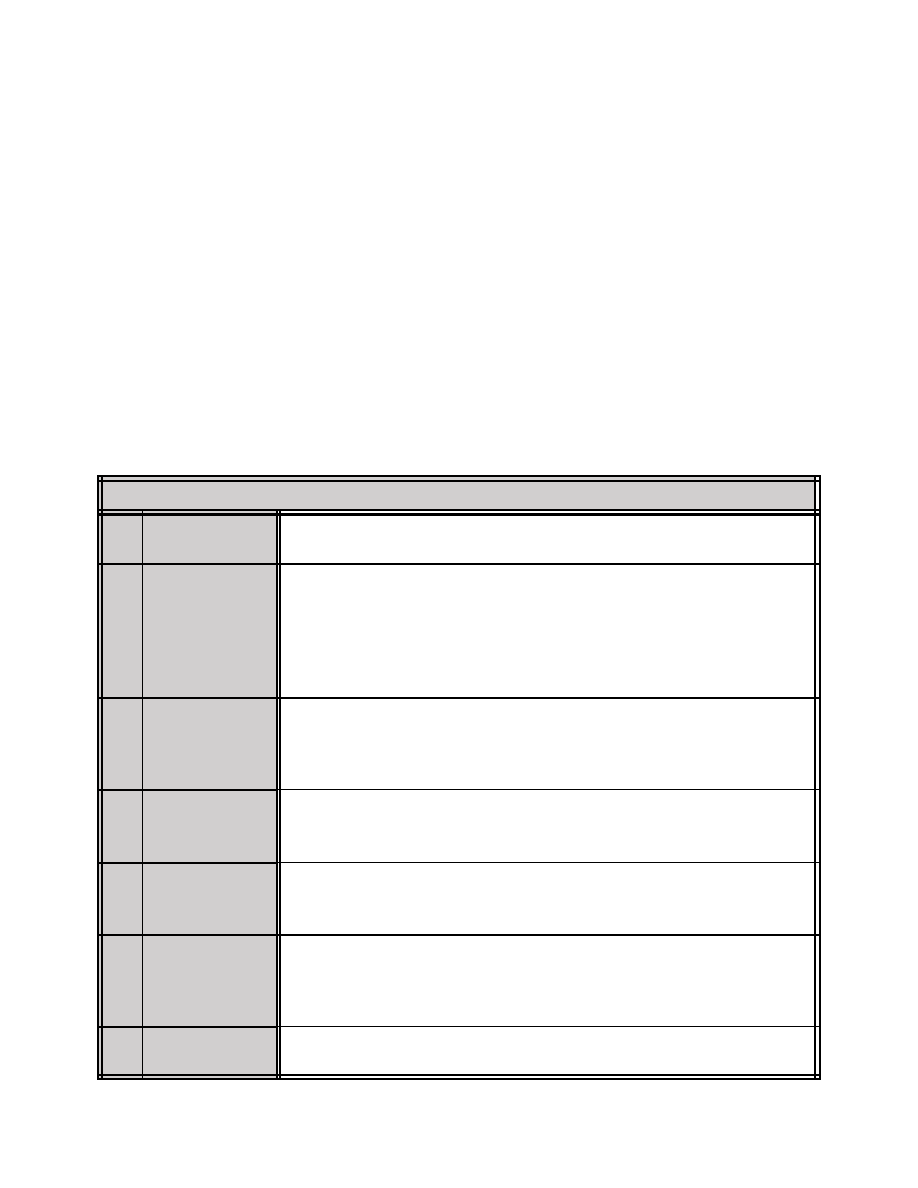
AIM
4/20/23
7.
Details on the products provided by the above listed offices and centers is available in FAA Advisory
Circular 00-45, Aviation Weather Services.
d.
Weather element values may be expressed by using different measurement systems depending on several
factors, such as whether the weather products will be used by the general public, aviation interests, international
services, or a combination of these users. FIG 7
1 provides conversion tables for the most used weather
elements that will be encountered by pilots.
7
−
1
−
2. FAA Weather Services
a.
The FAA provides the Flight Service program, which serves the weather needs of pilots through its flight
service stations (FSS) (both government and contract via 1-800-WX-BRIEF) and via the Internet, through
Leidos Flight Service.
b.
The FAA maintains an extensive surface weather observing program. Airport observations (METAR and
SPECI) in the U.S. are provided by automated observing systems. Various levels of human oversight of the
METAR and SPECI reports and augmentation may be provided at select larger airports by either government
or contract personnel qualified to report specified weather elements that cannot be detected by the automated
observing system. The requirements to issue SPECI reports are detailed in TBL 7
TBL 7
−
1
−
1
SPECI Issuance Table
1
Wind Shift
Wind direction changes by 45
°
or more, in less than 15 minutes, and the wind speed is
10 kt or more throughout the wind shift.
2
Visibility
The surface visibility (as reported in the body of the report):
Decreases to less than 3 sm, 2 sm, 1 sm,
½
sm,
¼
sm or the lowest standard instrument
approach procedure (IAP) minimum.
1
Increases to equal to or exceed 3 sm, 2 sm, 1 sm,
½
sm,
¼
sm or the lowest standard
IAP minimum.
1
1
As published in the U.S. Terminal Procedures. If none published, use
½
sm.
3
RVR
The highest value from the designated RVR runway decreases to less than 2,400 ft during
the preceding 10 minutes; or, if the RVR is below 2,400 ft, increases to equal to or exceed
2,400 ft during the preceding 10 minutes. U.S. military stations may not report a SPECI
based on RVR.
4
Tornado, Funnel
Cloud, or
Waterspout
Is observed.
Disappears from sight or ends.
5
Thunderstorm
Begins (a SPECI is not required to report the beginning of a new thunderstorm if one
is currently reported).
Ends.
6
Precipitation
Hail begins or ends.
Freezing precipitation begins, ends, or changes intensity.
Ice pellets begin, end, or change intensity.
Snow begins, ends, or changes intensity.
7
Squalls
When a squall occurs. (Wind speed suddenly increases by at least 16 knots and is
sustained at 22 knots or more for at least one minute.)
7
−
1
−
2
Meteorology